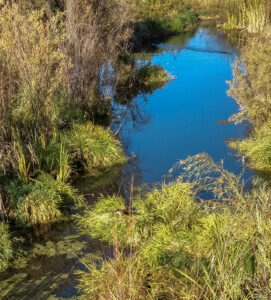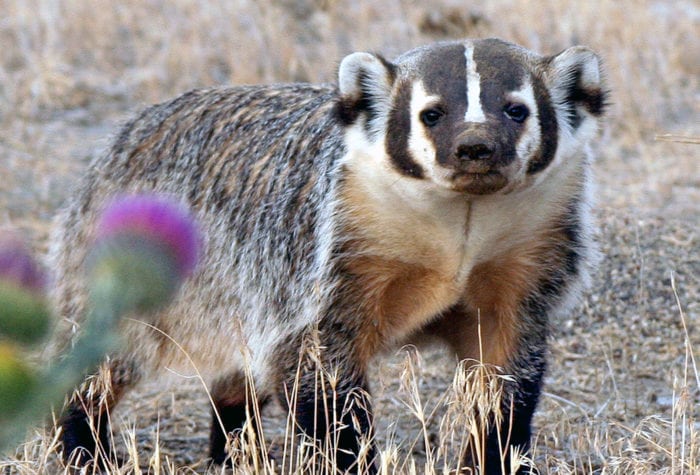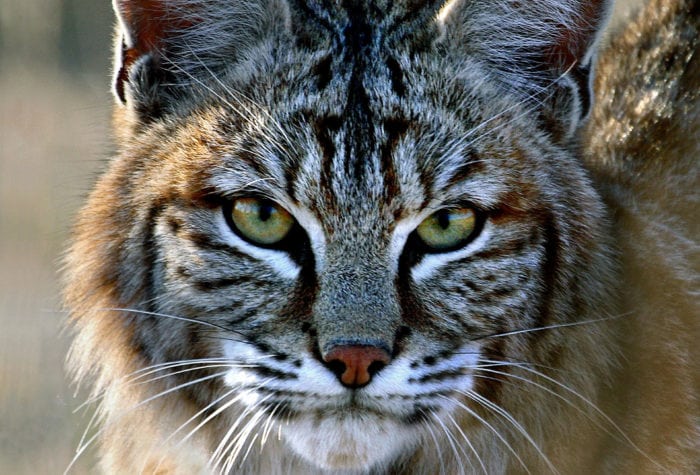Author: Gena Goodman-Campbell | Published: April 18, 2024 | Category: Coming Up
This article originally appeared in the Spring + Summer 2024 Desert Ramblings
Bringing new restoration methods to a cherished landscape.
In 2023, Oregon Natural Desert Association returned to Pine Creek Conservation Area after a three-year absence due to the COVID-19 pandemic, bringing volunteers back to one of ONDA’s most cherished and longstanding stewardship trip locations.

Located in the Lower John Day River Basin, the 34,331-acre Conservation Area is owned by the Confederated Tribes of Warm Springs and managed for the benefit of fish and wildlife. Pine Creek is designated as critical habitat for steelhead, and the surrounding rugged uplands are home to a diversity of birds, animals and native plants, including plant foods and medicines that hold cultural significance to indigenous communities.
ONDA has partnered with the Confederated Tribes of Warm Springs for over two decades on a variety of restoration projects that have achieved many conservation gains, including removing more than 82 miles of derelict barbed wire fencing, planting tens of thousands of trees and taking steps to promote the recovery of steelhead habitat on Pine Creek.
Pine Creek Conservation Area has also provided an important testing ground for ONDA and the Tribes to innovate new techniques to restore cool, clear and abundant waters that support a diverse array of fish and wildlife. These actions have enhanced climate resiliency throughout the Pine Creek watershed by supporting the recovery of thriving populations of beaver, whose dams lead to the formation of wetlands that soak up water like a sponge, storing it and keeping it cool into the dry summer months.
The success of these restoration efforts is readily apparent as one drives along Pine Creek on Highway 218, where beaver ponds teeming with life glimmer in the desert sun and willow thickets and towering cottonwoods obscure the creek in many places that just decades ago lacked any vegetation.
Now, ONDA is partnering with the Tribes on two exciting new projects in the area. Volunteers will have opportunities to restore the small, spring-fed streams that are the lifeblood of the Pine Creek ecosystem. And, we’ll soon be launching a large, watershed-scale restoration project on Robinson Creek, the largest tributary of Pine Creek, that is slated to begin in 2025 and will restore three miles of historic steelhead habitat and bolster climate resiliency.
ONDA will also be working with the Tribes to incorporate the unique and valuable knowledge held by tribal members about the ecosystem and its stewardship, termed Traditional Ecological Knowledge, into our projects at Pine Creek.
ONDA is looking forward to continuing to deepen our partnership with the Confederated Tribes of Warm Springs and providing our members with new ways to care for and sustain this naturally and culturally rich landscape.

